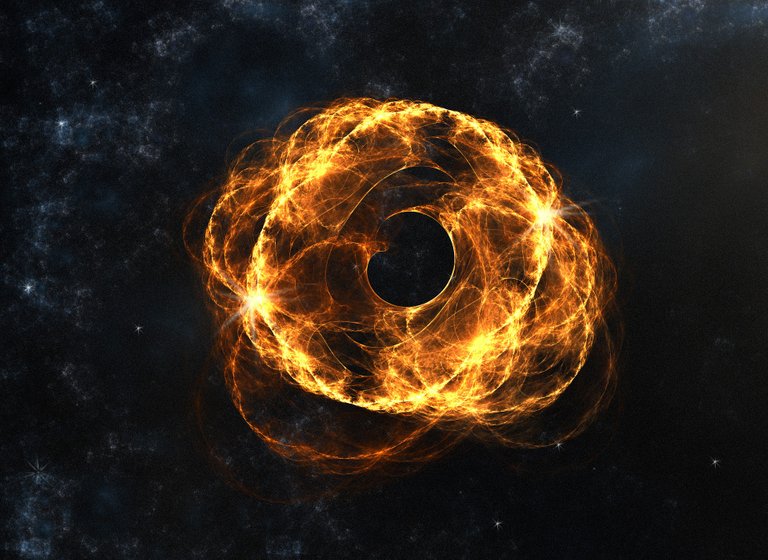You know of stellar size black holes. You probably even know about mid-sized black holes. Even you likely even know about supermassive black holes that live at the cores of galaxies. But you probably never heard of SLABs – Stupendously Large Black Holes

Image by Garik Barseghyan from Pixabay
- Be also sure to check out my other posts and follow me @kralizec and subscribe to my Youtube channel at Kralizec Gaming Youtube Channel
How large can a black hole be? Well, we aren’t really sure. But you can bet that they can get really big or more precisely massive. Theoretical cosmologist Bernard Carr from the Queen Mary University of London and his colleagues say that sometimes supermassive black holes can grow to ridiculously extreme masses. Then they become SLABs or Stupendously Large Black Holes.
We should start by saying that so far, SLABs are only theoretical. But their discovery could lead to an advancement in cosmology and figuring out dark matter.
At the moment, we know that at the center of practically every galaxy a supermassive galaxy exists. Rarely, there are several. Their mass can range between hundreds of thousands of Solar masses to millions of Solar masses and sometimes even billions of Solar masses. For example, our own good’ol supermassive black hole at the core of the Milky Way – Sagittarius A* has a mass of roughly 4.5 million Suns.
But even this gigantically massive object pales in comparison to the largest known supermassive black holes that have a mass three orders of magnitude larger. Currently, the record holder is a supermassive black hole at the TON 618 quasar with a mass of roughly 66 billion Suns. Its immense mass made scientists think. Could there be even bigger black holes? And is there an upper limit to the mass of these behemoths.
Carr and his colleagues believe that extremely large supermassive black holes with a mass over 100 billion Suns – SLABs – do exist. And while we haven’t seen any such black holes.
The question is: how could these extreme black holes get created? Well, nobody really thought about it because, to be honest, we aren’t completely sure how exactly do “normal” supermassive black holes get created. We think that large black holes get created by the merging of smaller black holes. The thing is we observe large supermassive black holes even in the very early young Universe. And according to our knowledge, they should have not had the time to be created. So, obviously, we have holes in our knowledge.
Another possibility is that primordial black holes could have been there to create early supermassive black holes and possibly even SLABs. But again, their existence is purely theoretical and studies seem to disprove them instead of confirming their existence.
So, how could we find SLABs? One possibility is gravitational lensing. If SLABs exist somewhere in the void and aren’t gorging on matter they should be practically invisible. But they should reveal themselves by twisting radiation that passes around them. And possibly even by tearing up structures in its surroundings – such as whole galaxies. Like a large hot knife going through butter. But the easiest way would be if one started gorging up on some matter.
Sources:
- If you like the content I’m producing about science maybe you will like the content I produce about gaming as well! Be sure to check out my other posts!